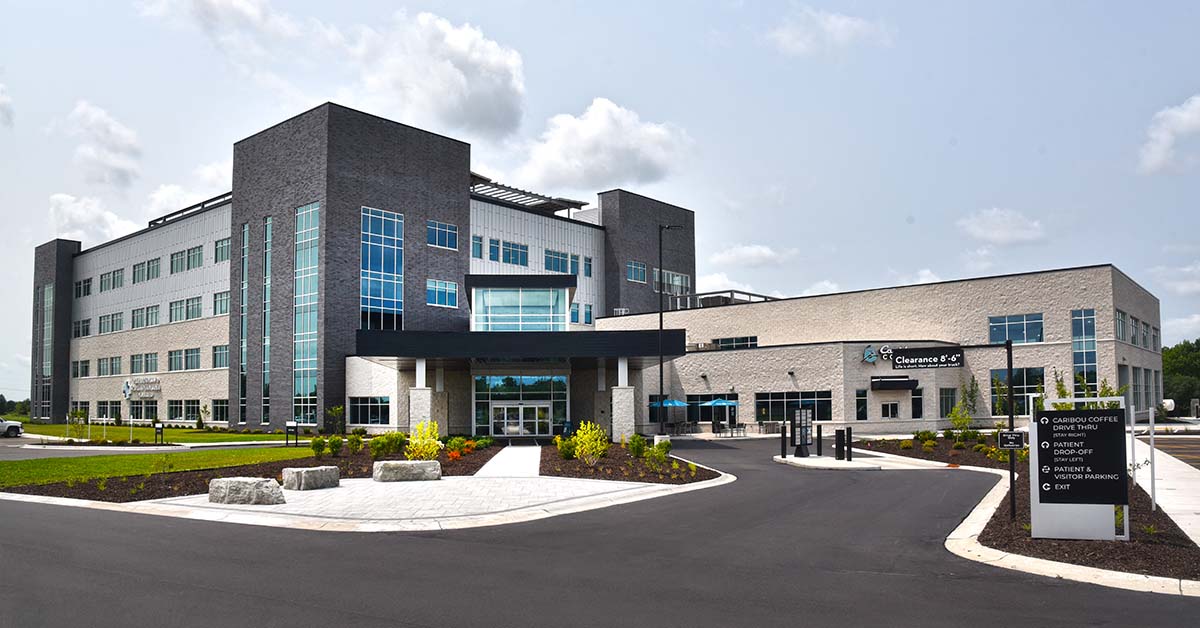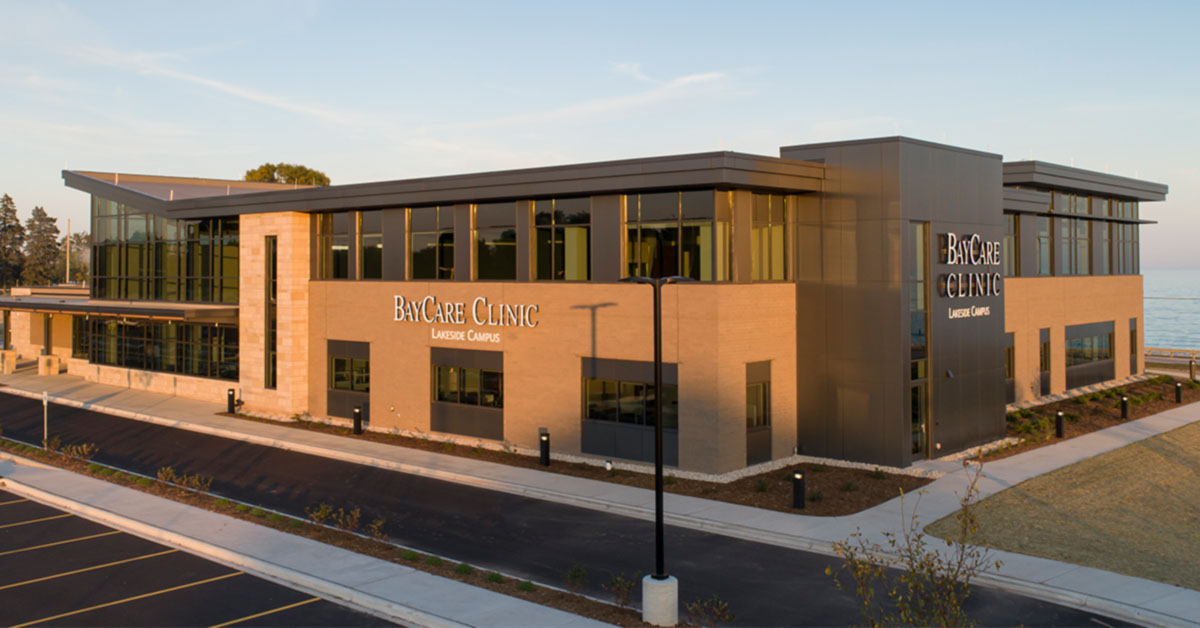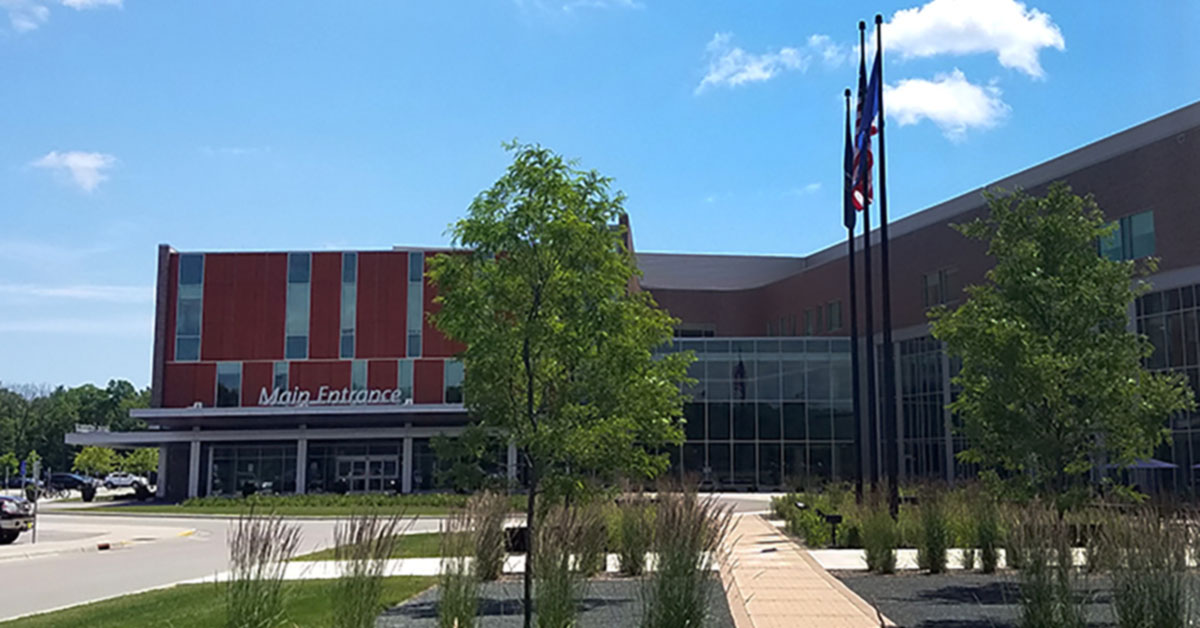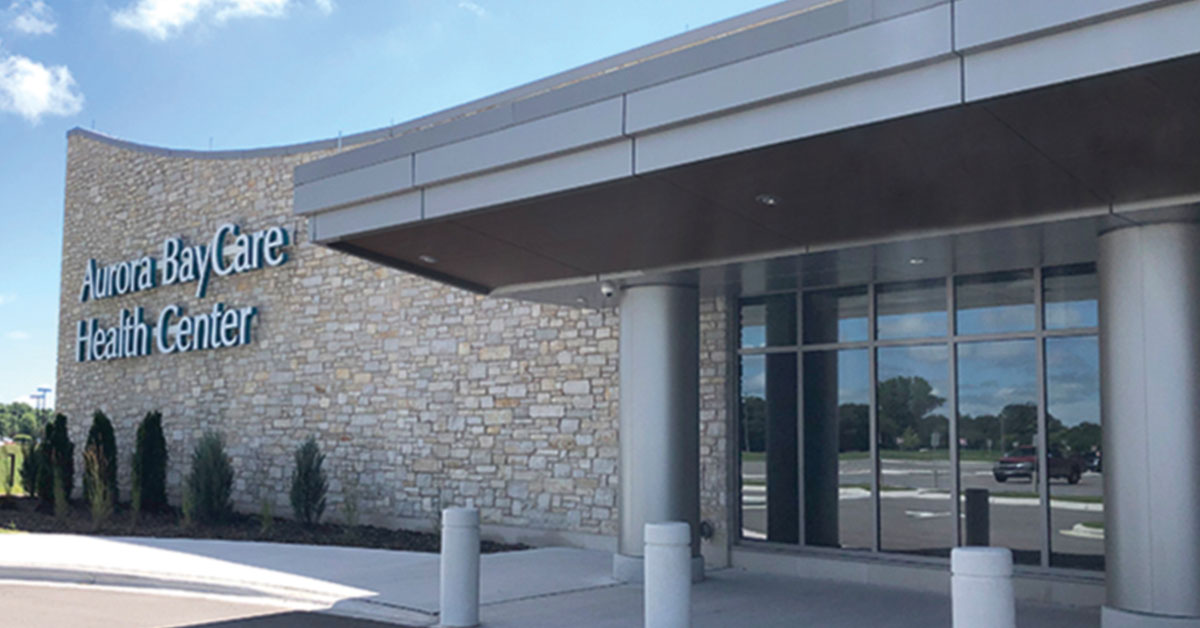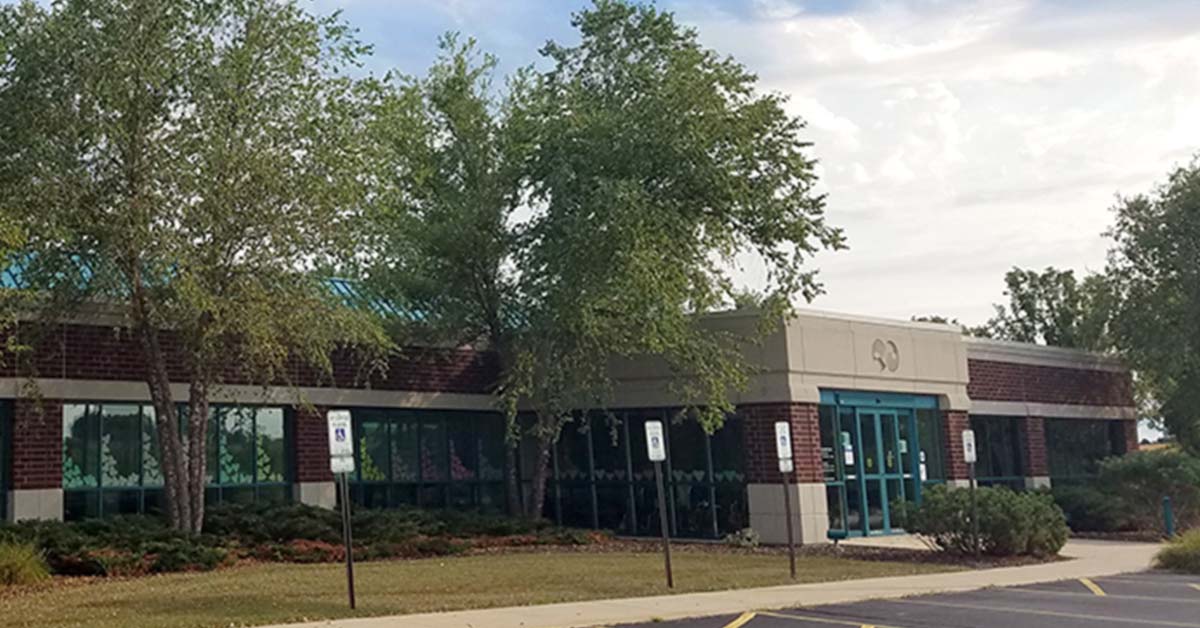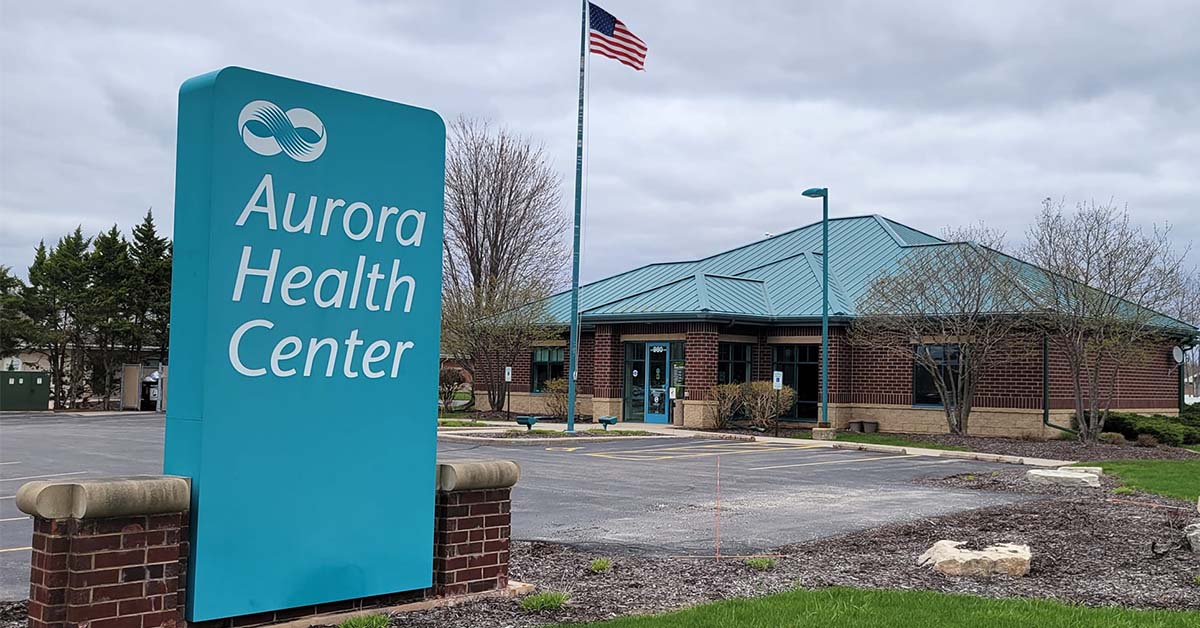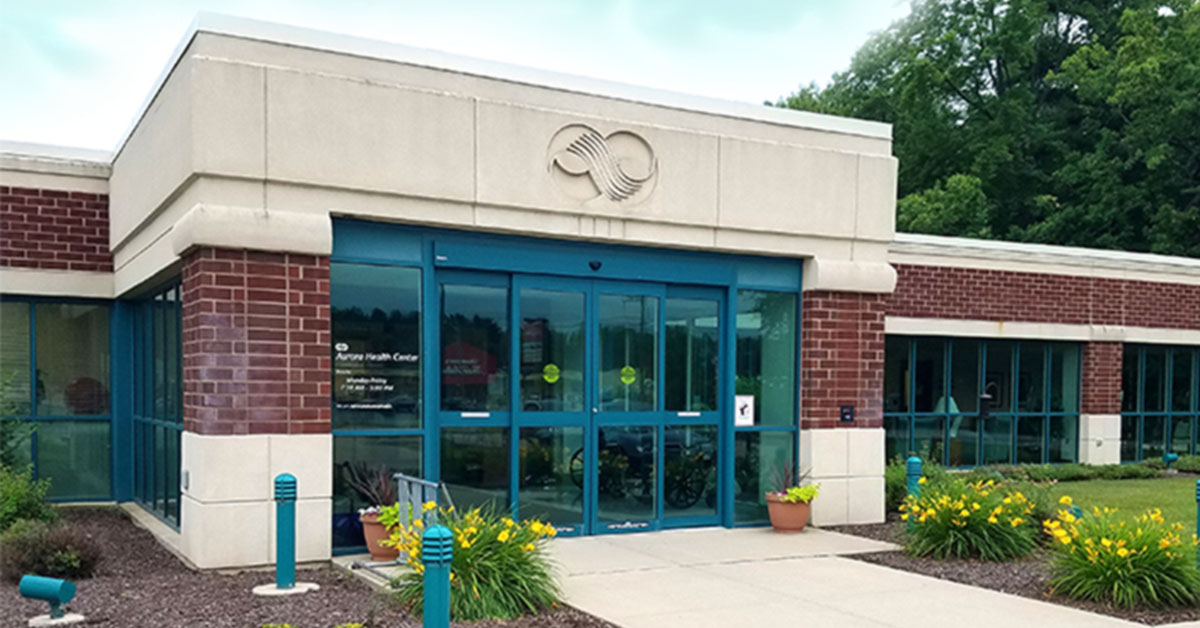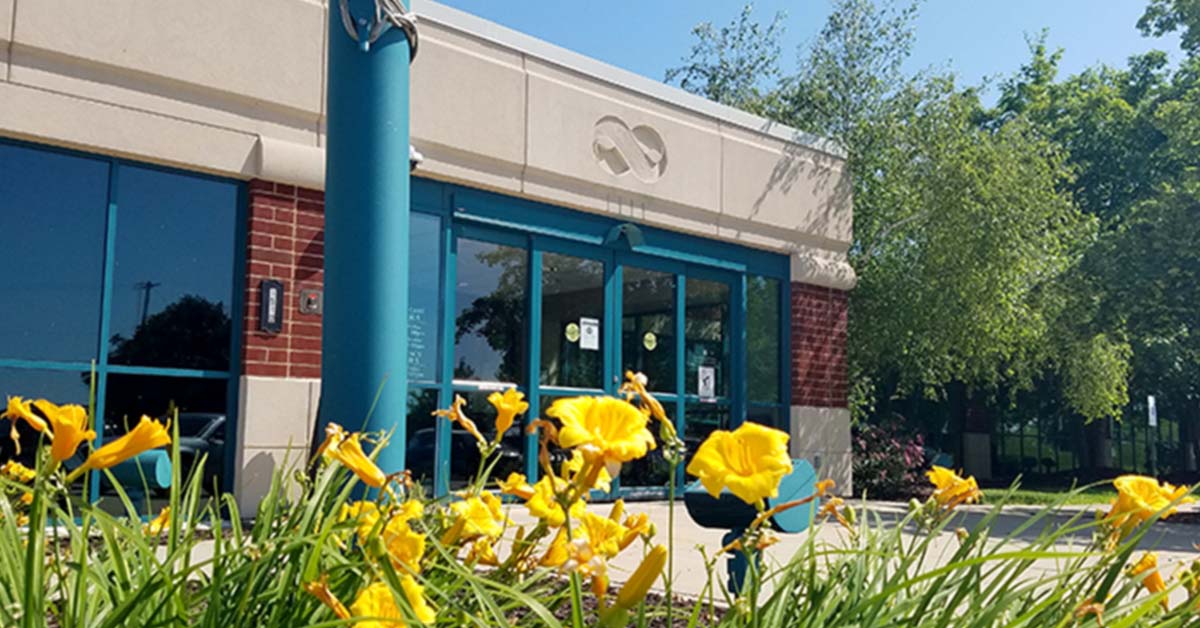Ligament Injuries
Orthopedics & Sports Medicine
Comprehensive and innovative services to repair ligament tears in the knee
The knee is a hinged joint held together by four ligaments. They are:
- Anterior cruciate ligament (ACL): The ACL is in the center of the knee. It controls rotation and forward movement of the tibia, or shin bone.
- Posterior cruciate ligament (PCL): The PCL is in the back of the knee. It controls the backward movement of the tibia, or shin bone.
- Medial collateral ligament (MCL): The MCL helps stabilize the inner knee.
- Lateral collateral ligament (LCL): The LCL helps stabilize the outer knee.
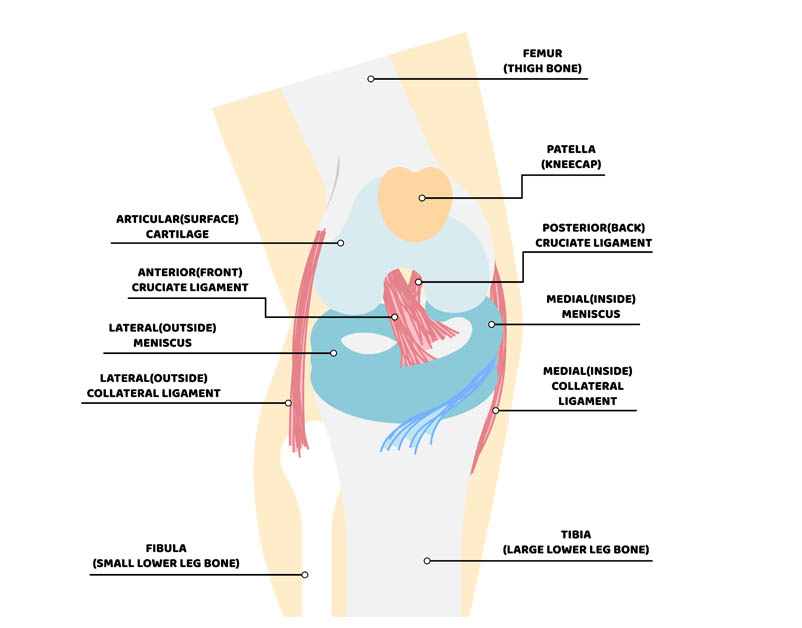
Of the four, an ACL injury is most common and most serious. When the ACL is torn, it no longer holds the knee joint in place. That threatens the ability to run, walk, climb or bend. With proper diagnosis, treatment, and rehabilitation, patients often return to their pre-injury activities.
Left unrepaired, an ACL tear can linger for years, causing pain and limited mobility. An unrepaired ACL tear increases the risk of further injury and permanent damage to the knee.
ACL injuries are often the result of a sudden twisting motion. One example of that is when the feet are planted in one direction with the knee twisted in the other direction.
What are the symptoms of a torn ACL?
People with a torn ACL often report they:
- Heard a “pop”
- Feel the knee gives out
- Have instability in the knee
- Have trouble fully bending or straightening the knee
- Have swelling in the knee
- May or may not have knee pain
How we treat a torn ACL
Care for a torn ACL typically begins with treatments to reduce the pain and swelling. Then, depending on the severity of the damage to the knee, an orthopedic specialist may recommend surgery.
Most people – particularly athletes and active people – choose ACL reconstruction surgery so they can continue to enjoy their favorite activities without limitations. ACL reconstruction surgery is an outpatient procedure performed using minimally invasive arthroscopic techniques.
A torn ACL ligament is reconstructed using a tissue graft from the patient or a tissue donor. Our surgeons use hamstring, patellar tendon, quadriceps or cadaver tendons to reconstruct an ACL.
How we support recovery from an ACL injury
Physical therapy is part of the recovery process, with or without surgery. Exercises are recommended to strengthen the muscles supporting the knee and to regain full range of motion. The knee joint is only as strong as the muscles that support it. An ACL injury that has not fully healed increases the risk of extra movement in the knee and additional injury to the knee.
Our goal is to create individualized care plans to reduce pain, improve mobility, reduce the likelihood of further injury and return people to their normal activities as quickly and safely as possible.
What causes injuries to other knee ligaments?
PCL injuries are often the result of a sudden, direct impact such as a motor vehicle accident.
MCL and LCL injuries are often the result of a blow to the outer side of the knee, causing the knee to cave in or out. MCL injuries are more common than LCL injuries.
What are the symptoms of injuries to the other knee ligaments?
People with a torn ligament often report they:
- Have pain
- Have swelling
- Have trouble fully bending or straightening the knee
- Feels as though the knee is “unstable”
